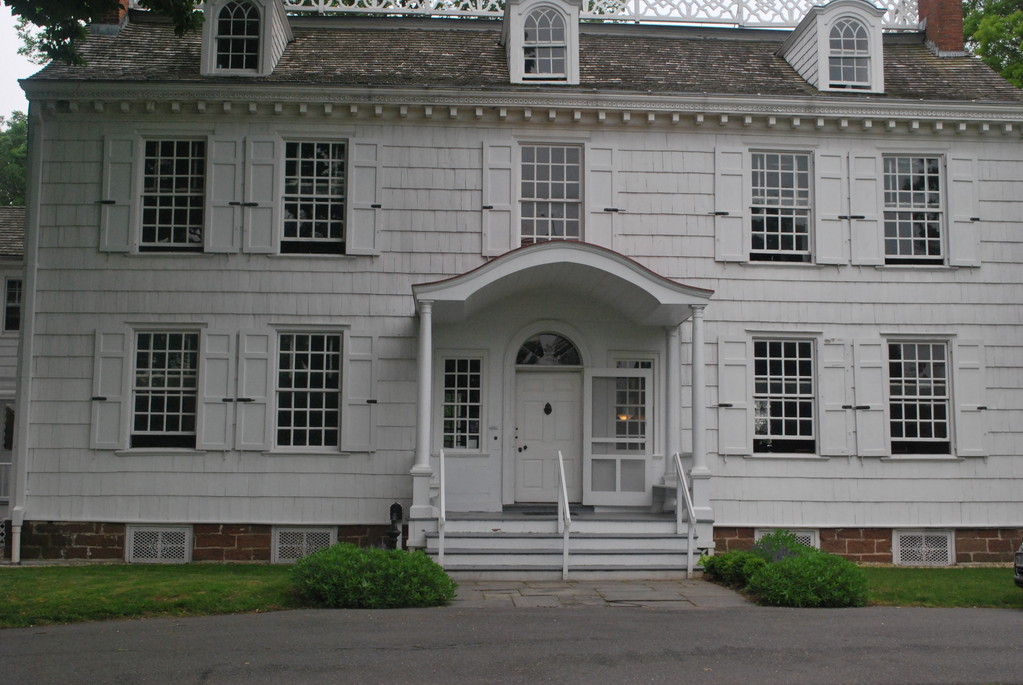Rock Hall Museum looks to expand
Plans vintage barn to serve as educational center
Officials of the Rock Hall Museum, which sits on what was once a 600-acre farm have big dreams, and one of them includes the construction of a new orientation and educational center on the now 3-acre parcel.
Administrators of the Town of Hempstead-owned and -operated museum at 199 Broadway in Lawrence plan to build a center designed something like an 18th century English barn. It is expected to be nearly 1,400 square feet, and could cost $475,000.
That will mean a lot of fundraising for the Friends of Rock Hall. But Marilyn Nemec, one of the Friends’ directors, said that an educational center would be well worth it. Initial plans call for the barn to seat at least 100, have a small kitchen area and feature drop-down doors and a loft.
“It would add to the historic importance of Rock Hall,” said Nemec, adding that the barn would help authenticate the history of Rock Hall, as did adding the kitchen downstairs in the mansion.
Nemec also said that the barn could be used for gatherings such as the Friends’ annual installation of officers and directors, which took place June 1.
“It could be used for large presentations, shows, meetings and lectures,” she said, noting that exhibits in the museum’s annual fair could also be housed in the barn.
John Collins, a historical building designer from Roslyn, drew up the initial plans for the barn/education center, and researched the style of barn that was most likely used at Rock Hall when it was a working farm, owned by the Martin family, and had many barns. There were a few barns on the property through the 19th century, when it was owned by the Hewletts, but those structures didn’t survive, Collins said.
Collins, a former director of the Huntington Historical Society who worked at Old Bethpage Village for eight years, said he wants to ensure the accuracy of the barn’s design. “The barns on this property, it’s safe to say, were built in the English traditions,” he said, adding that the design of the barn would mesh well with the Georgian style of the mansion.
Should it be built, the educational center would be located near the museum’s maintenance garage so as not to disturb any important archeological digging projects, Collins said.
Uncovering communities of the past
At the annual installation meeting, the museum’s director, Linda Barreira, announced that Rock Hall and Hofstra University have established a partnership in the school’s Center for Public Archaeology program, which seeks a greater understanding of not only how communities were built, but how their residents related to one another across gender, class, racial and ethnic lines.
A timeline for Rock Hall is expected to be developed, along with work to validate the 1836 survey that marked the location of buildings on the site at that time.
“This partnership will expand research and open up different programs,” Barreira said.






